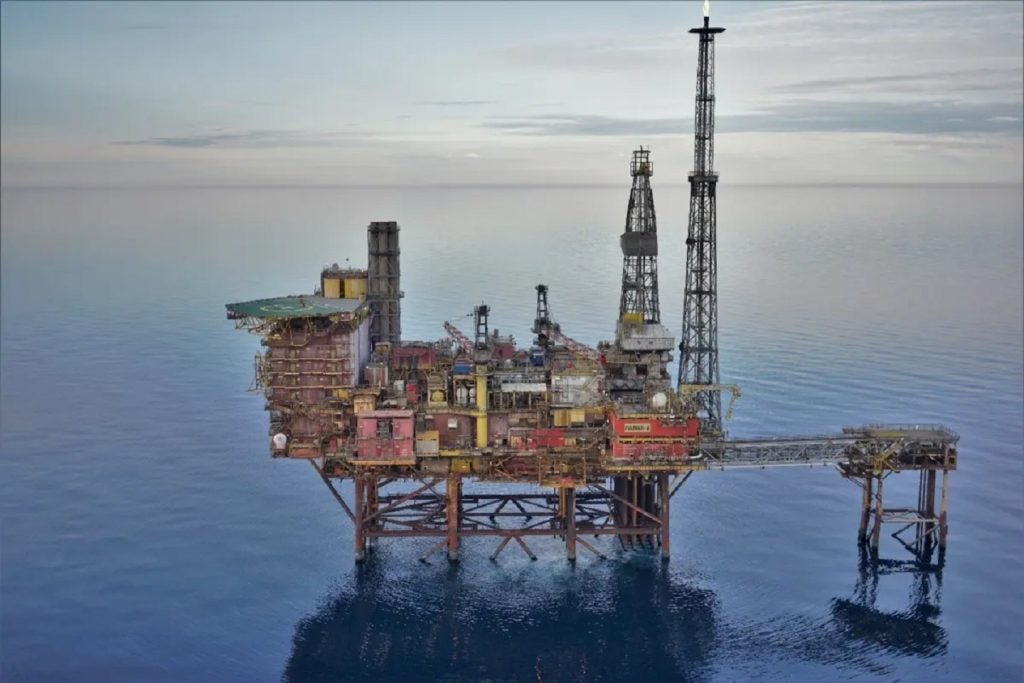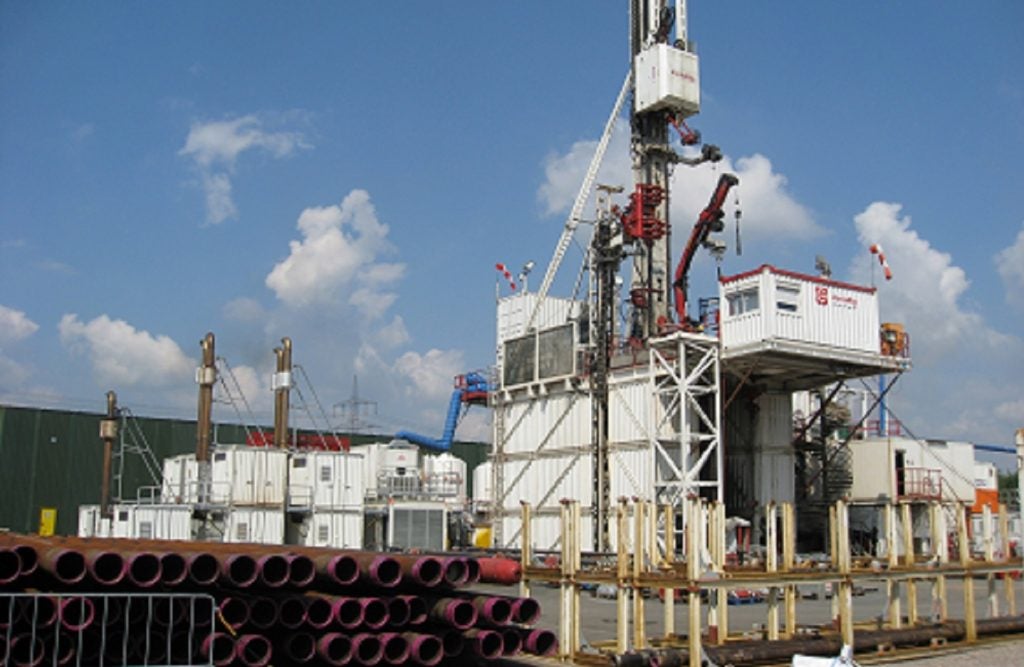Archer has secured a decommissioning contract from Repsol Sinopec to execute plug and abandonment (P&A) at two fields offshore UK.
The contract, valued at roughly $165m (£130.5m), is a fully integrated P&A project.
Archer will be responsible for decommissioning two wells in the Halley Field and 32 wells in the Fulmar Field.
The contract, which is spread over four to five years, covers the complete work scope including a modular P&A rig, well services and well engineering.
Archer intends to commence planning and engineering work with immediate effect.
At the Fulmar field, Archer will remove the existing drilling facility as well as install one of its P&A rigs.
In a press statement, Repsol Sinopec said: “The project will be an integrated effort between the Repsol Sinopec and Fulmar Site teams, who have the history and knowledge of the work site, with decommissioning specialist contractor Archer, who will ensure the work is enacted safely and effectively.”
Archer will also deploy its broad P&A well services offering to help reduce cost and time to plug each well.
Repsol Sinopec decommissioning and energy transition vice-president Adam Sheikh said: “We aim to deliver one of the North Sea’s most ambitious decommissioning programmes in the years ahead – including the full decommissioning of our Fulmar Alpha Asset.”
Archer CEO Dag Skindlo said: “We are delighted that Repsol Sinopec has elected Archer and our fully integrated operational model for this P&A project.
“The delivery model with integrated drilling and well services, supported by partners, is a step change in how operators permanently plug and abandon oil and gas wells.”











